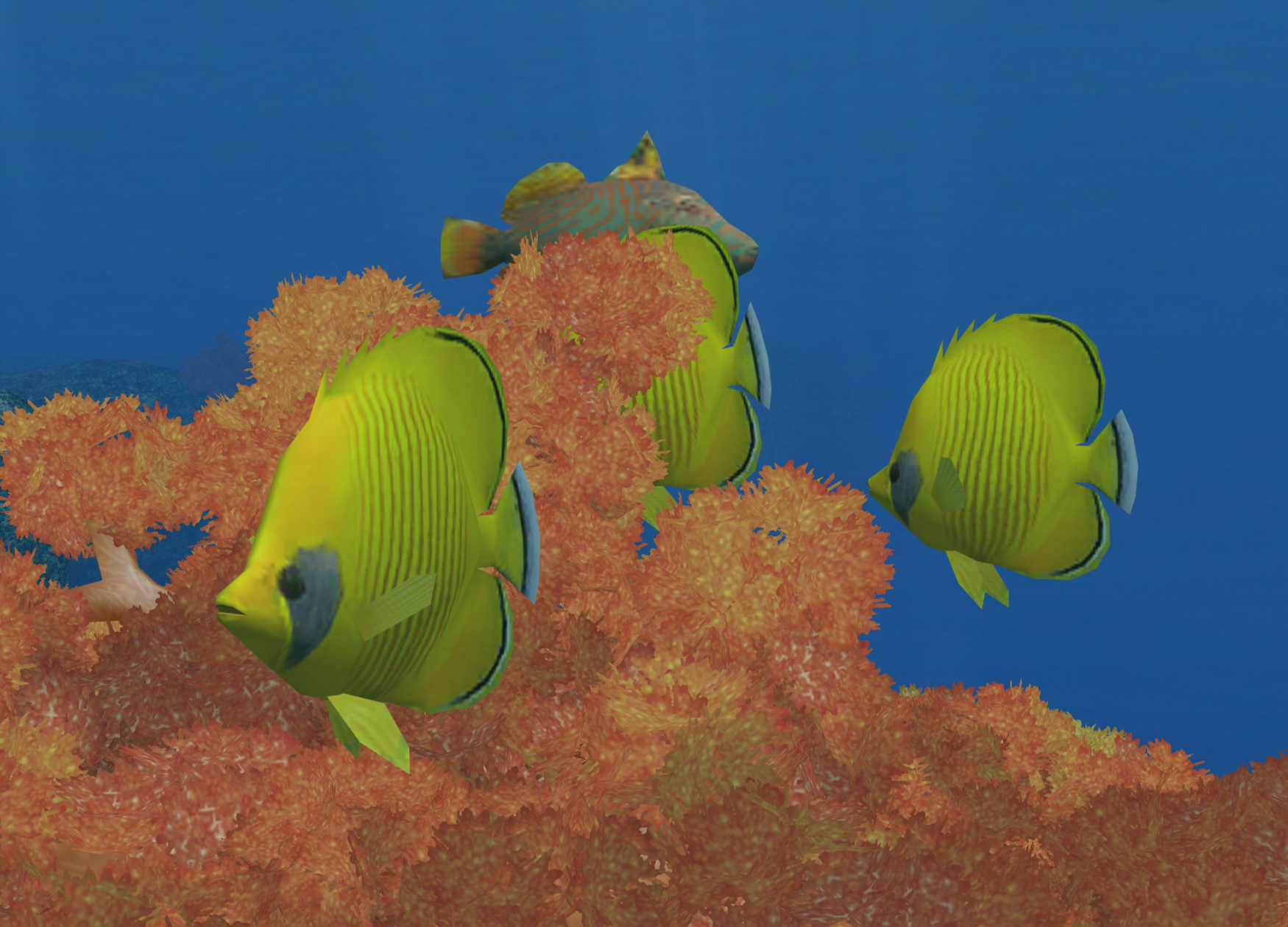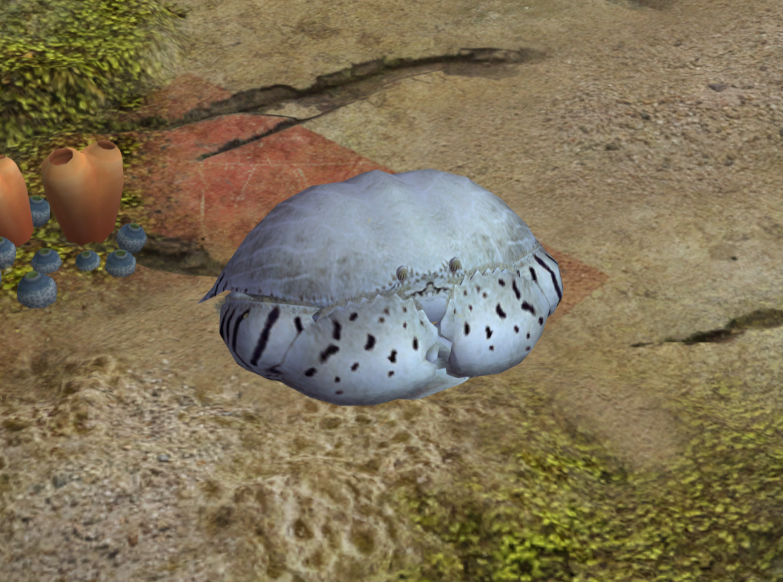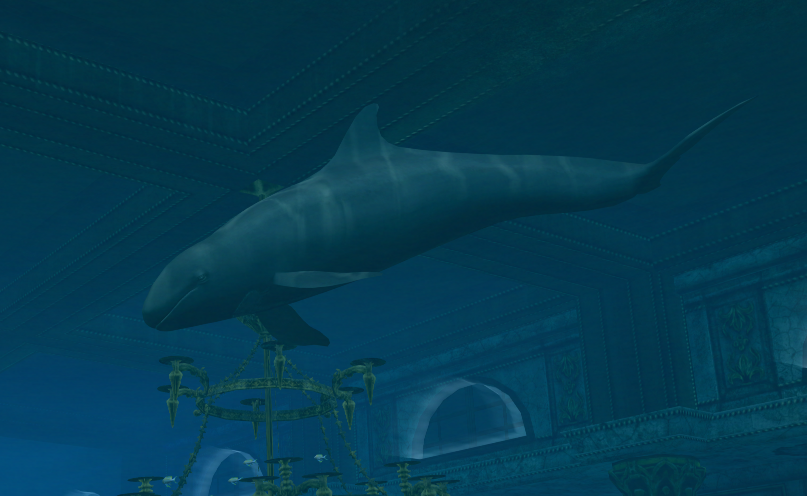
Light only penetrates to a depth of a few hundred meters the remaining ocean below is cold and dark. This upper sunlit zone is the origin of the food supply which sustains most of the ocean ecosystem. Ocean photosynthesis creates 50% of the oxygen in earth's atmosphere. Photosynthesis by plants and microscopic algae (free floating phytoplankton) creates organic matter using light, water, carbon dioxide, and nutrients. This makes the photic zone the most biodiverse.

The photic zone includes water from the surface to a depth of 1% of the surface light (about 200 m in the open ocean), where photosynthesis can occur. The water column is further categorized in other zones depending on depth and on how much light is present. The pelagic zone consists of the water column from surface to ocean floor throughout the open ocean.

Oceanographers divide the ocean into different vertical and horizontal zones based on physical and biological conditions. Acting as a huge heat reservoir, the ocean influences climate and weather patterns, the carbon cycle, and the water cycle. The ocean is the principal component of Earth's hydrosphere, and therefore integral to life on Earth. Separate names are used to identify five different areas of the ocean: Pacific (the largest), Atlantic, Indian, Southern (Antarctic), and Arctic (the smallest). An ocean can also refer to any of the large bodies of water into which the world ocean is conventionally divided.

The ocean (also the sea or the world ocean) is the body of salt water that covers approximately 70.8% of the surface of Earth and contains 97% of Earth's water.


 0 kommentar(er)
0 kommentar(er)
